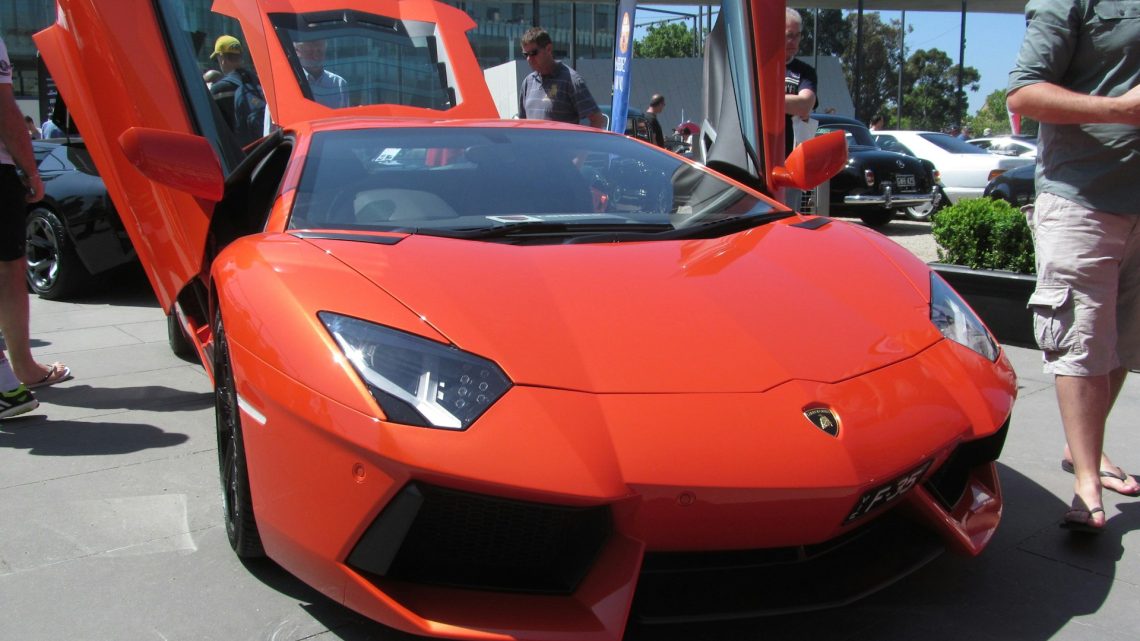Lotus Emeya: A Bold Step into the Electric Grand Tourer Arena
15 May 2025Lotus, once known for its featherlight sports cars and purist driving experiences, has taken a sharp turn from tradition. The new Emeya marks yet another bold chapter in the company’s transformation, signalling just how far it has come from its Hethel roots. Following the launch of the Eletre SUV, the Emeya is the brand’s second fully electric, five-door model—this time in the form of a sleek, grand tourer.
No longer centred around the stripped-down agility of an Elise or Exige, Lotus now aims to position itself among luxury performance electric vehicle manufacturers. The Emeya, priced from around £90,000, seeks to rival the likes of the Porsche Taycan and Mercedes-Benz EQS. It is already on sale in China and has now made its way to European markets.
This dramatic shift in identity reflects Lotus’s broader ambition of reaching 150,000 annual car sales by 2028. The company hopes the Emeya and its SUV sibling, the Eletre, will lay the financial groundwork for a future return to two-seat electric sports cars. Much like how Porsche needed the Cayenne to survive before revisiting its sporty core with the Boxster and Cayman, Lotus’s future depends on the commercial success of these electric flagships.
A New Kind of Lotus
Designed in Coventry, engineered in Germany, and built in Wuhan, the Emeya bears little resemblance to the Lotus of old. However, one link to the brand’s heritage remains: Gavan Kershaw, the firm’s highly respected vehicle dynamics director, helped refine the car’s ride and handling through extensive testing, including sessions at the Nürburgring.
Three versions of the Emeya will be available: the standard model, the Emeya S, and the range-topping Emeya R. The R grabs attention with its astonishing 905bhp output, a 0-62mph time of just 2.8 seconds, and a hefty £137,000 price tag. Still, the more modest S variant is expected to account for the majority of sales. Producing 603bhp, it sprints to 62mph in 4.2 seconds and, during a high-speed run on the autobahn, was found to keep pace with the likes of Audi’s RS6 Avant.
Despite its electric bulk, the Emeya demonstrates commendable engineering. According to Lotus, the car can sustain its top speed until the battery dips to just 10%—a rare trait among EVs, which often throttle performance as charge depletes. This endurance is a testament to the robustness of the Geely-sourced drivetrain.
Performance Meets Practicality
Under the floor of the Emeya sits a 102kWh nickel-manganese-cobalt battery pack, shared with the Eletre SUV. Thanks to clever cooling system integration, it sits 20mm lower than typical packs, aiding the car’s overall centre of gravity. The base and S models offer a claimed range of up to 379 miles, while the more powerful R version provides around 270 miles per charge.
Fast-charging capabilities are also impressive. While real-world figures will vary, Lotus promises rapid top-ups and integrated navigation that can plan charging stops across long journeys—an increasingly crucial feature for EVs aimed at grand touring.
Perhaps most surprising is how spacious the Emeya feels. With a wheelbase 60mm longer than the Eletre’s, the Emeya offers generous rear legroom. Its physical dimensions place it between the Taycan and EQS in length and height, while matching the EQS in width. In fact, the Emeya’s size and positioning also closely align it with the Porsche Panamera—another benchmark Lotus reportedly used during development.
Strengths and Shortcomings
There’s much to admire about the Emeya. The S model, in particular, strikes a balance between performance and comfort, offering precise steering, excellent body control, and a luxurious cabin that makes long journeys genuinely enjoyable. Fast-charging and intelligent route planning round out a strong package for long-distance travel.
Yet, there are compromises. Enthusiasts may find the driving position too elevated, reminiscent more of an SUV than a low-slung GT. Despite the car’s ample cabin space, luggage capacity is merely average—somewhat disappointing in a vehicle of this size and intended versatility. And while Lotus has done well to refine the Emeya’s dynamics, it lacks the intimate, driver-focused character of something like the Taycan.
Perhaps the biggest departure from Lotus tradition is the weight. At over two tonnes, the Emeya is a far cry from the company’s legacy of lightness. While some of that mass is necessary for battery range and safety, it does raise the question of whether Lotus might someday innovate further to reduce this heft.


